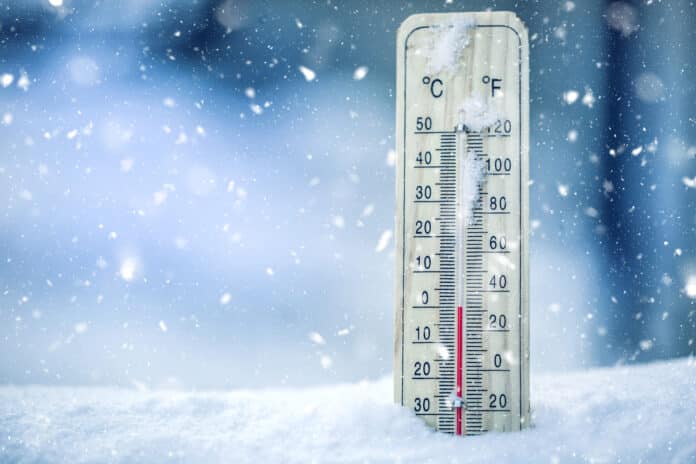
Many experts and scientists have continuously sought to unravel the mechanisms, whether biocidal or otherwise, primarily responsible for the increase in common colds or flu cases during the winter season. The search for answers has seemingly ended, with a study published in the Journal of Allergy and Clinical Immunology, which explained that specific mechanisms within the nose might be able to explain humans’ susceptibility to various upper respiratory infections during cold periods.
Before the discovery mentioned above, previous studies indicated that one major characteristic of our immune system’s response to respiratory viruses is the release of membrane-bound particles known as extracellular vesicles. These vesicles, or EVs, consist of DNA, RNA, and proteins, aiding the body in providing antiviral reasons for the infection. Within the nose, these EVs can prevent the occurrences of viral infections. However, with the drop in temperatures during the winter season, there is also a reduced temperature in the nasal cavity, which in turn weakens the immune response you should ordinarily have during the season.
Therefore this drop in temperatures inside the naval cavity weakens the release of the EVs, leading to increased vulnerability to common colds in winter.
How a Drop in Temperature Affects the Body
An associate professor of otolaryngology at Harvard Medical School has reported that they discovered that a decrease in temperature significantly dampens the innate immune system response in the nose. In addition, it dehydrates the quality and quantity of the extracellular vesicles surrounding the virus. Because of this compromised reaction, the virus may have an easier time sticking to and infecting the cells lining the nasal passages, where it can subsequently multiply and create an infection.
Previous studies have further indicated that upper respiratory infections occur due to drastic temperature, humidity, and human behavior changes. For example, during such seasons, you are liable to spend more time indoors than outdoors. Due to the closeness of the nasal cavity to external environments, the nasal cavity is more susceptible to changes in ambient temperatures than the rest of the body. To further understand these occurrences, other researchers have conducted more studies. These studies, in turn, have led them to come to the conclusion that exposure to college ambient temperature may not only reduce the release of toll-like receptors (TLR) such as TLR3-stimulated EV — a type of toll-like receptor— but further reduce the abundance of packaged antiviral miRNA and the expression by EVs of cell surface proteins.



















